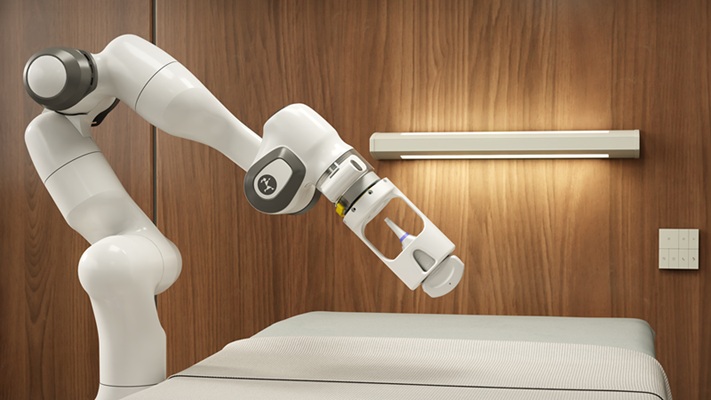AI Software Interprets Brain Scans to Improve Diagnoses
By MedImaging International staff writers
Posted on 29 May 2018
Scientists at Imperial College London (Kensington, London, UK) and the University of Edinburgh (Scotland) have created a new software that can identify and measure the severity of small vessel disease (SVD), which is among the most common factors responsible for stroke and dementia. According to the researchers, the technology could help clinicians provide patients with the best treatment more quickly in emergency settings, predict a person’s likelihood of developing dementia and pave the way for more personalized medicine.Posted on 29 May 2018
Currently, doctors diagnose SVD by observing changes in the brain’s white matter during MRI or CT scans, although diagnosing the severity of the disease with the human eye is a difficult task. CT scans often make it difficult to decide where the edges of the SVD are, which makes it difficult for doctors to estimate the severity of the disease. Moreover, MRI is not commonly used to detect and measure SVD owing to issues such as availability of scanners and suitability in the case of emergency or older patients.
For the study, the researchers used historical data of 1,082 CT scans of stroke patients and compared the results from the software to a panel of expert doctors who estimated SVD severity from the same scans. The researchers found the level of agreement of the software with the experts to be as good as the agreement between the experts themselves. Additionally, in 60 cases the researchers obtained MRI and CT in the same subjects, and used the MRI to estimate the exact amount of SVD, the software was found to be 85% accurate at predicting the severity of SVD.
The researchers are now using similar methods to measure the amount of brain shrinkage and other conditions that are commonly diagnosed using brain CT. The researchers believe that the software could help influence decision-making for doctors in emergency neurological conditions and lead to more personalized medicine. For instance, in the near future, doctors could use the software to estimate the likely risk of hemorrhage in stroke patients before administering ‘clot busting medications’ to unblock an artery. The software can also help measure the possibility of patients developing dementia or immobility due to slowly progressive SVD.
“This is the first time that machine learning methods have been able to accurately measure a marker of small vessel disease in patients presenting with stroke or memory impairment who undergo CT scanning,” said Dr Paul Bentley, lead author and Clinical Lecturer at Imperial College London. “Our technique is consistent and achieves high accuracy relative to an MRI scan - the current gold standard technique for diagnosis. This could lead to better treatments and care for patients in everyday practice.”
“This is a first step in making a scan reading tool that could be useful in mining large routine scan datasets and, after more testing, might aid patient assessment at hospital admission with stroke,” added Professor Joanna Wardlaw, Head of Neuroimaging Sciences at the University of Edinburgh.
Related Links:
Imperial College London
University of Edinburgh














